Taking sound to the cloud: is cloud technology the future for noise measurement?
We’ve seen some of the fastest changes in technology in the last two years. Could the traditional way we measure and monitor noise be about to change forever too? Cirrus Research discusses the benefits cloud technology offers to noise measurement.
Look around your home or office. It’s impossible to escape technology’s impact on almost every aspect of your life, whether you’ve been working from home with the help of video conferencing software or winding down after a long day at the office with your favourite box set from a streaming service. The last ten years alone have seen huge advancements in technology, but this progress hasn’t yet filtered down to all aspects of 21st Century life.
Those who work in health and safety or environmental management will have noticed that acoustic measurement technology has remained relatively static for the last ten to fifteen years, with manufacturers only making minor changes to sound level meters and noise monitors. The last real product innovation was arguably the doseBadge® from Cirrus Research in the mid-nineties, which saw wireless technology revolutionise a product that had, up until that point, remained unchanged for years.
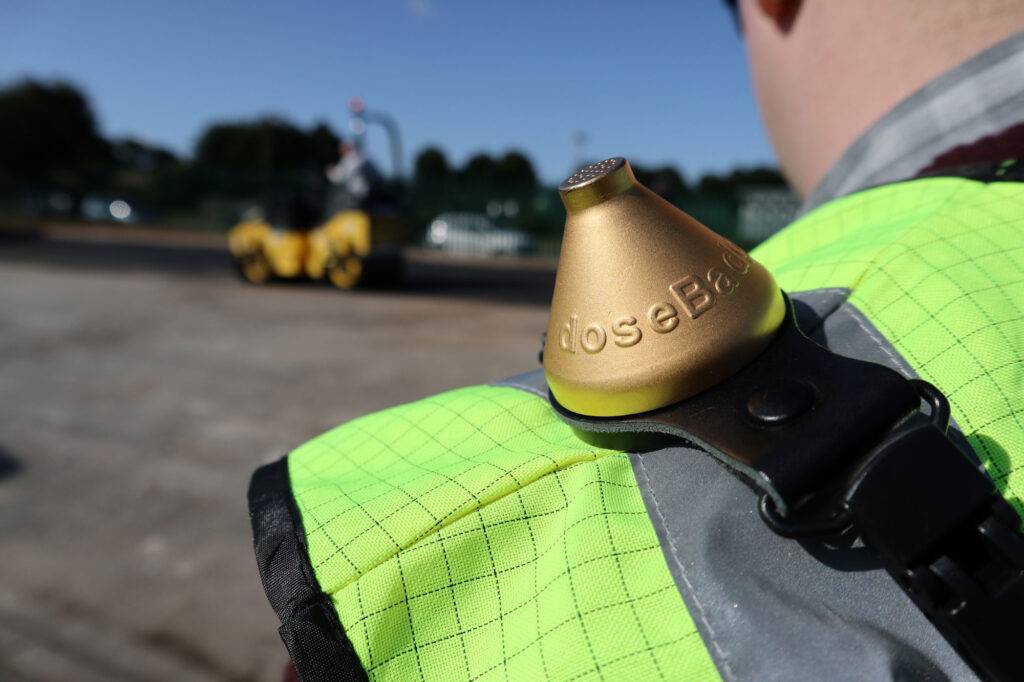
As we approach the 30th anniversary of the doseBadge, the next big noise measurement revolution is here, potentially changing how we measure and monitor noise. The emergence and integration of cloud technology into noise measurement is a watershed moment for the industry that promises to enhance the way organisations around the world protect their employees and the environment from the risks of excessive noise exposure.
Controlling noise at work
Although noise measurement technology is moving forward into the future, the rules and regulations that govern occupational noise have remained largely unchanged since 2005. That means that the responsibility of every employer is still to ensure that they protect employees from the risks of excessive noise. Primarily, an organisation’s objective is to reduce and control noise where possible, using hearing protection as a last resort.
For more than five decades, health and safety practitioners have turned to equipment such as handheld sound level meters and personal noise dosimeters to assess noise levels in the workplace. However, social distancing, home working, and changes to the nature of the health and safety role all mean that it may soon be the case that these traditional methods of noise measurement and monitoring are no longer the most efficient.
Cloud-connected noise monitors vs handheld sound level meters and noise dosimeters
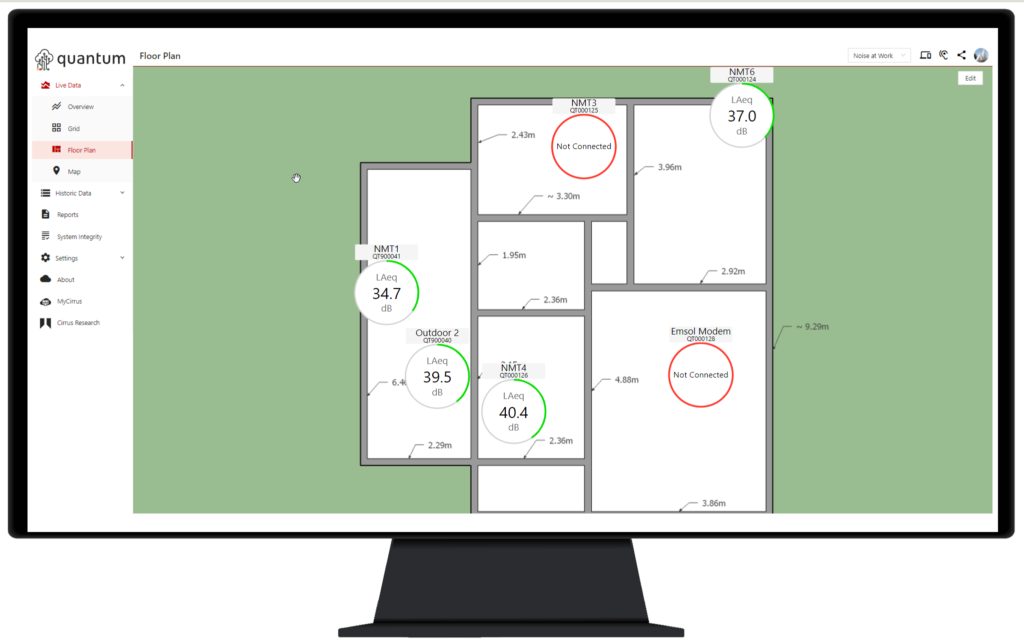
ore and more businesses are operating multiple sites, which presents a range of challenges. Firstly, it may require companies to employ multiple health and safety practitioners. Secondly, it may pressure existing health and safety officers to travel significant distances to ensure that workplaces follow the Control of Noise at Work Regulations. Neither option is ideal, with businesses still recovering from the financial hit of the pandemic and fewer people willing to travel. Cloud-connected noise monitors address these concerns directly.
Cloud technology allows multiple noise monitors to be connected to the same online account, allowing users to access data from each noise monitor on one platform. This creates a network of interconnected instruments, whose data can be viewed and analysed side-by-side, removing the need to download information from separate handheld instruments one by one, which can be time-consuming and inefficient. Cloud-connected noise monitors can be installed at several locations on one site or across several, covering as large a geographical area as possible. Cloud technology overcomes the challenges presented by multi-site operations and promises to make noise monitoring more accessible and efficient than traditional methods.
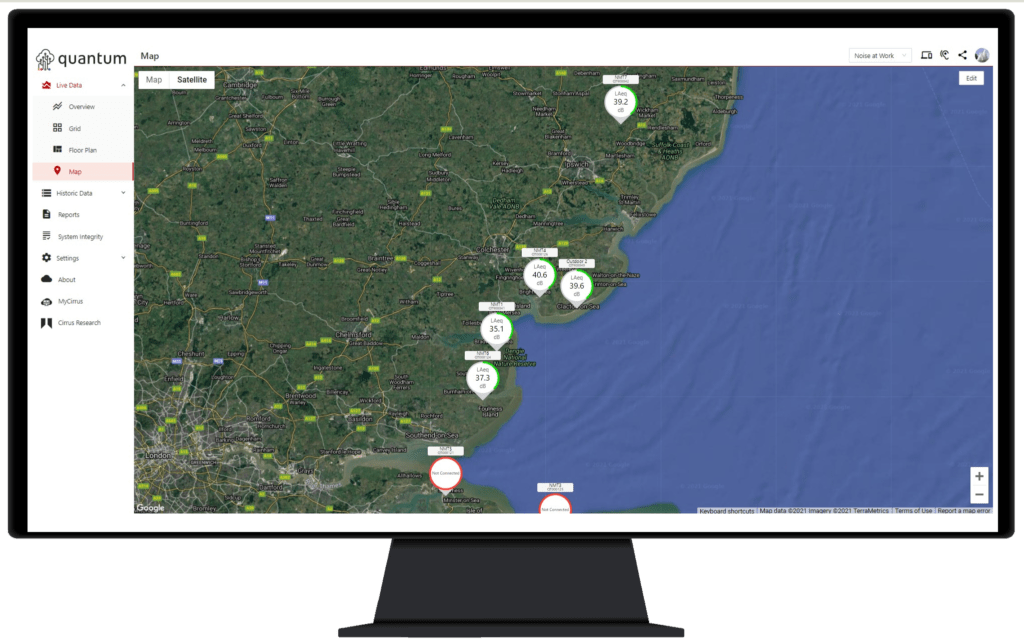
Additionally, a cloud-connected noise monitor provides a constant ear to the ground, offering live and historical data round-the-clock that users can access from anywhere, at any time and on any device. No matter whether a user is on the other side of the planet to where their noise monitor is installed or they’re in the next room, their data is always accessible on demand.
With a network of cloud-connected noise monitors, the need for users to be physically on-site to measure noise levels is vastly reduced. Cloud-connected monitors can be installed and left to do their jobs completely unattended. Users can then configure them to send real-time alerts when noise events occur, typically when levels exceed a pre-set threshold, which provides greater control as users can respond in real-time to real events.
The main advantage of using cloud technology in noise monitoring is that it frees up health and safety officers’ time, allowing them to focus on the various other aspects of their job. Receiving real-time notifications and checking noise levels only when needed saves a lot of time, which is often in short supply in the world of health and safety.
The key advantages of cloud-connected noise monitoring
Is it really time to switch from sound level meters and dosimeters to cloud-connected noise monitors?
There’s no denying that noise measurement technology is moving at pace to a future where fixed-place cloud-connected instruments become the norm. It might not quite be time to throw out your handheld sound level meters and noise dosimeters just yet, but you can complement your existing noise management programme with cloud-connected noise monitors. They will help you allocate resources more effectively and efficiently and start enjoying the benefits that cloud technology offers to noise management.
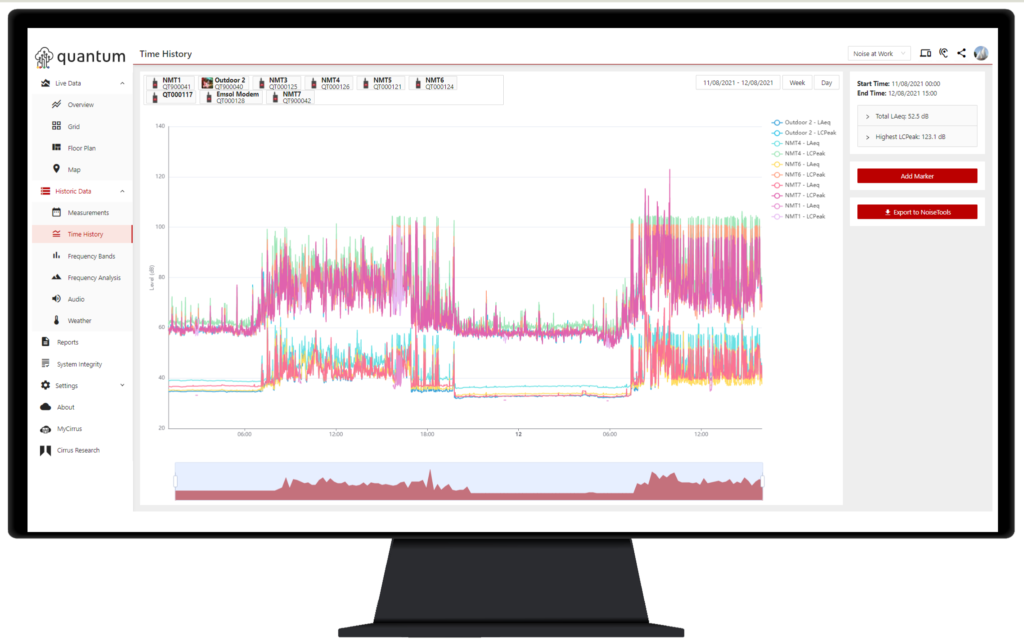
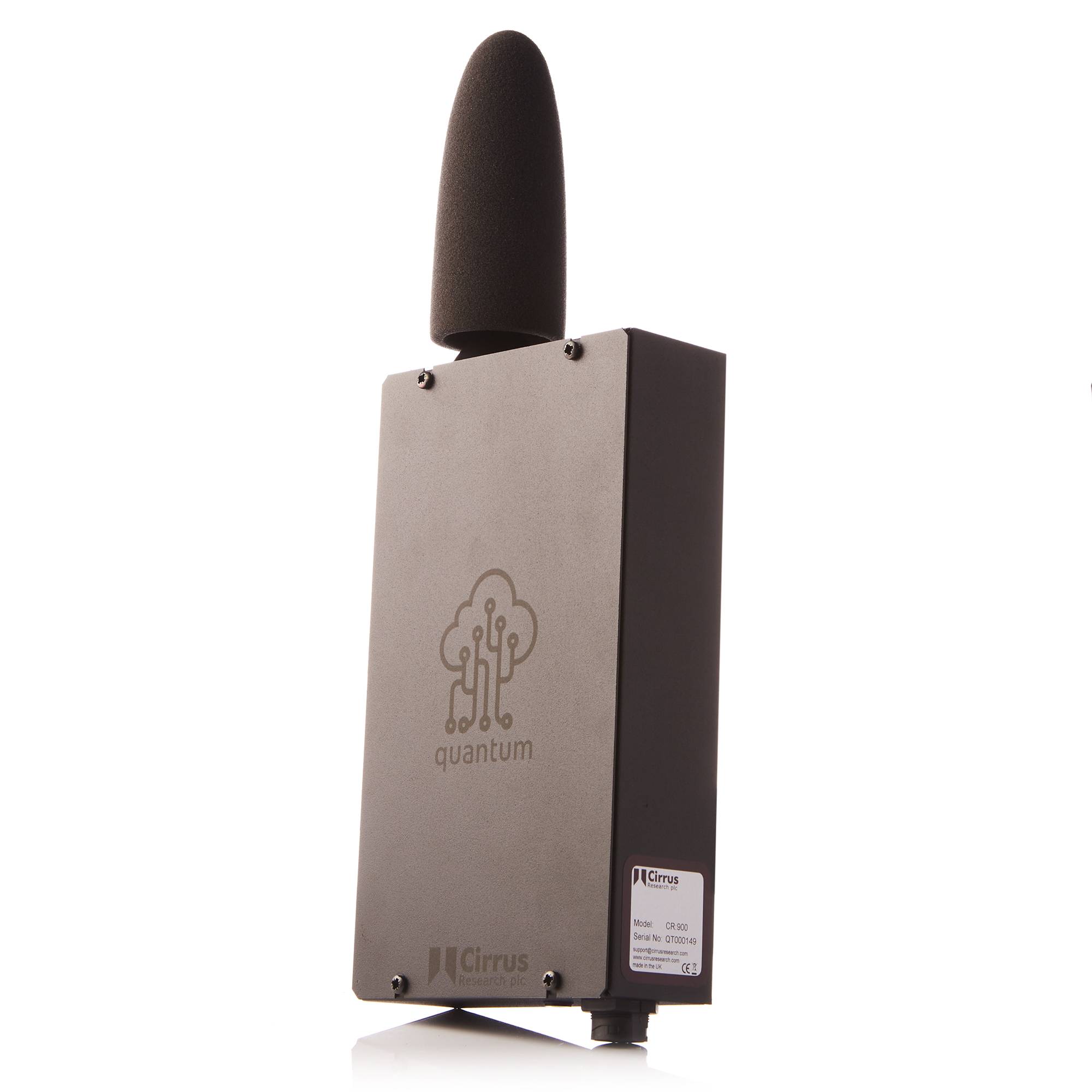
Case study
The Quantum Indoor cloud-connected noise monitoring solution
A large entertainment venue in the south of England fell victim to a high-profile lawsuit after a performer suffered instantaneous hearing loss during a rehearsal for a show. A court found that the venue breached the Control of Noise at Work Regulations as they had not carried out a risk assessment or made suitable provisions to prevent hearing damage in the workplace. The case clarified some of the once-grey areas surrounding musicians and performers by asserting that their employers are still bound by the same legislation, just as with any other employee.
To prevent any such incidents from happening again and to protect their performers and their business, the venue wanted a solution that provided constant live data readings that could be accessed from their head office a few miles away from the venue itself. Additionally, the venue wanted to review historical data to spot trends or patterns and have multiple monitors connected to one network. Any differences in noise levels depending on location within the venue could be easily identified. The noise monitors themselves had to be discreet and blend into the auditorium.
Cirrus Research developed the Quantum Indoor to solve these challenges, which has since evolved into an environmental monitoring variant, the Quantum Outdoor.
The venue has deployed several Quantum Indoor units around the stage and other areas. The health and safety team uses it to monitor noise levels in key locations around the venue and the variations in noise levels between different performances and shows.
Jaymee-lee Tolliday
Latest posts by Jaymee-lee Tolliday (see all)
- Turning Down the Volume: How the Trojan Noise Nuisance Recorder can help create a quieter world - 13th February 2024
- Festive Opening Hours 2023 - 6th December 2023
- Award of Excellence for Cloud-Based Monitoring Solutions 2023! - 20th November 2023
